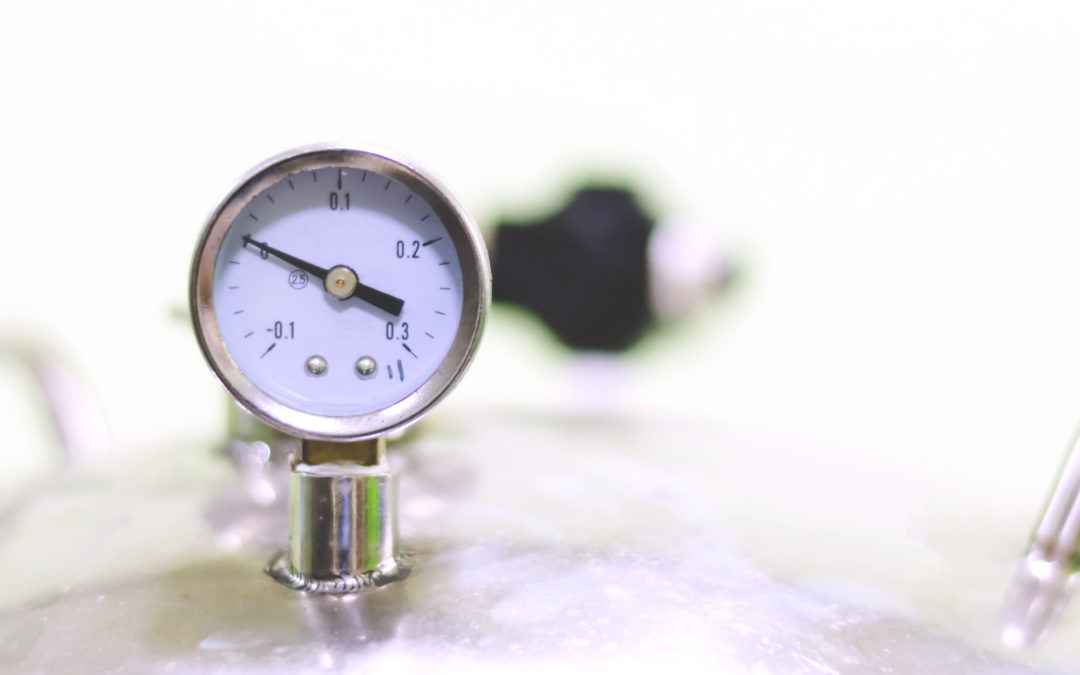You probably don’t spend a lot of time thinking about your propane tank levels. By the time you think to check your propane tank gauge, you’re at 20%, in danger of dipping into that angry-looking red section.
Don’t worry—you are not in trouble quite yet. But this is your sign to reorder since you don’t want your tank to be less than 20% full.
So what does happen if you let the propane gauge dip below 20%? We’ll get to that. But first, you need to understand how your propane tank works. Read on to learn more about home propane tank care.
How Does Propane Work?
Propane (also called LP gas or LPG-liquefied petroleum gas) is widely used to fuel heating, refrigeration units, generators, BBQs, and appliances. It is transported and stored in thick-walled steel containers as a very cold, pressurized liquid. The liquid propane expands into a gas inside its tank.
Propane is naturally non-toxic, without color and without odor. An odor compound is added to make propane easier to detect in the event of a leak or spill. Propane gas vapors are heavier than air and can collect in low areas like basements, floors, and crawl spaces.
Propane is highly flammable when mixed with oxygen. Watch out for ignition sources, such as unshielded flame, smoking materials, electrical sparks, and static electricity. For this reason, propane tanks and their filling ports are generally located outdoors so that vapors may dissipate.
Your Propane System & Propane Tank Gauge
Become familiar with the different parts of your propane system. Quick action may someday be needed in case of a leak or other emergency. If you have an underground storage tank, only the cover will show above ground. This cover protects the shut-off valve, pressure regulator, pressure safety release valve and propane gauge.
Propane is delivered as a pressurized liquid. It is pumped into a specially-designed, thick-walled storage tank. The liquefied petroleum changes to gaseous form before it leaves the tank. Propane leaves the tank via a series of underground pipes to your boiler, furnace or appliances.
You may also have a second pressure regulator at the point the gas line enters the structure. If your gas comes out of your tank at excess pressure, the pressure regulator kicks in and does not allow the pressure to ruin your equipment. There should be a manual shut off valve to stop the gas flow at each appliance.
The final segment of the gas pipeline is the flexible connector that attaches the appliance to the fixed pipes. This short connector allows the appliance to be moved without disconnection for service or cleaning. Inspect the connector for leaks or cracks every time you clean around and under a connector.
Understanding Propane Tank Levels
Propane tanks are heat sensitive. Too much heat forms high pressure inside the tank. Above ground, tanks are painted white or silver to reflect heat. In cold weather or when the tank is too empty, the gases do not expand enough to fill the space within the tank. This results in low pressure.
There are serious safety hazards to running out of gas. Fire or explosion are among the most serious.
Really? Explosion? How does that happen?
- Valves or gas lines are left open when the gas runs out, refills leak out
- Air and moisture cause rust in an empty or nearly empty tank and that weakens the tank
- Rust removes the odor from propane and leaks go unnoticed
All it takes is stray gas vapor to reach an ignition source, and fire or explosion can result.
Less distressing, but no less inconvenient, is the process to recharge a tank that has gone empty.
- Pilot lights on all appliances go out and must be restarted
- Check for leaks before restart
For your safety, many states require a qualified service technician to perform a leak check before restarting pilot lights. This can be both costly and time-consuming.
What Happens if I Let the Propane Gauge Go Below 20%
If your propane tank gauge is at 20%, don’t panic. While this does indicate that it’s time to reorder, you likely have a few days of propane left. Be sure to call and schedule propane delivery with your propane supplier to avoid running out.
If possible, reduce your propane usage until your tank is refilled. Do not let your pilot lights go out if you can avoid it. If your propane tank gauge does dip below 10%, your technician is required to do a safety check which could result in an additional charge.
A good propane company will do their best to schedule your delivery right away. Just be aware that you may have to purchase a minimum number of gallons and/or pay a higher price to buy less.
If you must burn alternative fuels while you are waiting for propane, take the time to close all propane valves. Ventilate your area thoroughly. Incomplete fuel burning, especially wood or coal, can fill your space with dangerous carbon monoxide and soot.
To Avoid Emergency Delivery of Propane
Keep an eye on your propane gauge. Some people find it helpful to make a habit of something simple like putting on socks, then glancing at the gauge. Others prefer regular reminders sent to their mobile phones. You can even get remote monitoring gauges that will phone or text you at certain preset levels.
Always plan on delivery at 20% or so.
Set up a regular delivery schedule with your dealer. Many dealers have a regular route. There may be a minimum size for delivery. For best prices, try to avoid calling for fuel in the middle of a cycle.
Know the parts of your propane system and keep your appliances in good repair. Efficient burning of propane leaves almost no residue or pollution. A well-maintained system uses less fuel than one that gets no service.
To discuss your propane appliances and their proper running, contact one of our experts today.

